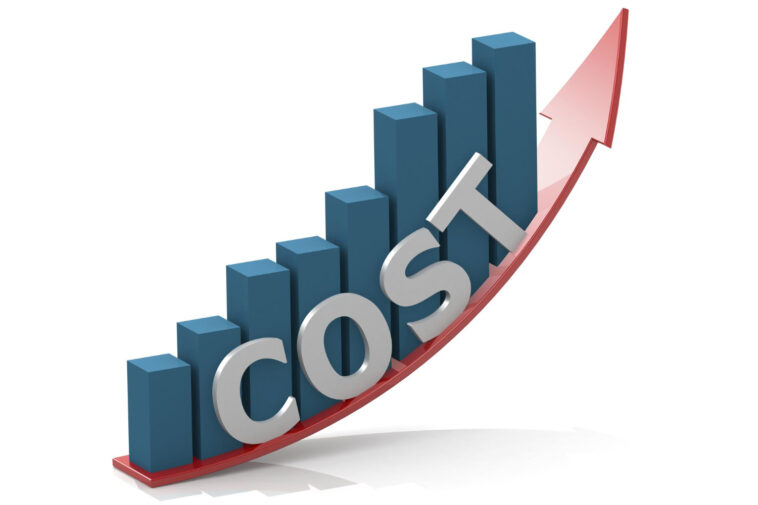Introduction: The Power of Cost Leadership
Cost leadership is a strategic approach that has reshaped industries and businesses across the globe. In this article, we delve into the world of cost leadership, exploring its significance, strategies, and how it positions organizations to thrive in highly competitive markets.
Understanding Cost Leadership
Cost leadership is a business strategy where an organization aims to become the lowest-cost producer in its industry while maintaining product or service quality. This approach is essential because it:
1. Enhances Competitiveness
By offering products or services at lower prices, businesses gain a competitive edge and appeal to price-conscious consumers.
2. Expands Market Share
Low prices often lead to increased market share as more customers are drawn to cost-effective solutions.
3. Improves Profit Margins
While prices are lower, cost leadership allows organizations to maintain healthy profit margins due to efficient operations.
4. Enables Long-Term Sustainability
By consistently offering cost-effective solutions, businesses can thrive even in challenging economic conditions.
Strategies for Cost Leadership
To achieve cost leadership, organizations employ various strategies:
1. Economies of Scale
Producing in larger quantities reduces per-unit production costs, allowing for lower prices.
2. Efficient Supply Chain Management
Streamlining the supply chain reduces logistics costs and wastage, contributing to cost leadership.
3. Technology and Automation
Automation and technology increase productivity and reduce labor costs, a crucial component of cost leadership.
4. Lean Operations
Eliminating waste, both in terms of time and resources, enhances cost-efficiency.
Implementing Cost Leadership
Successful implementation of the cost leadership strategy involves:
1. Cost Analysis
Thoroughly analyzing all costs within the organization to identify areas for savings.
2. Continuous Improvement
Embracing a culture of continuous improvement where cost-saving measures are consistently sought and implemented.
3. Pricing Strategy
Setting competitive prices that are lower than competitors while maintaining profitability.
4. Employee Engagement
Involving employees in cost-saving initiatives and recognizing their contributions.
Challenges of Cost Leadership
While cost leadership offers numerous benefits, it also presents challenges, such as:
1. Quality Concerns
Maintaining product or service quality while cutting costs is a delicate balancing act.
2. Competitive Response
Competitors may retaliate with their cost-cutting measures, eroding the cost leader’s advantage.
3. Market Saturation
In saturated markets, it becomes challenging to gain a significant cost advantage.
Conclusion
Cost leadership is a powerful strategy that has transformed industries and businesses. By meticulously managing costs, optimizing operations, and offering cost-effective solutions, organizations can not only thrive but also shape their industries, providing value to consumers and achieving long-term sustainability.


